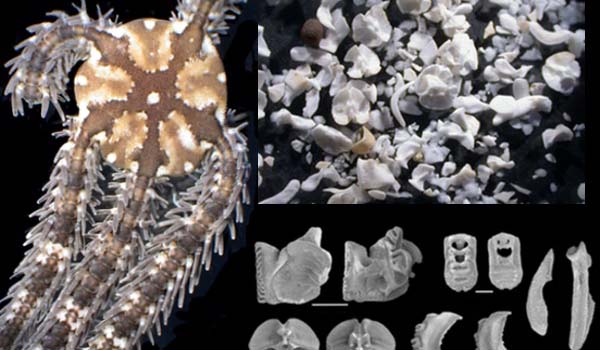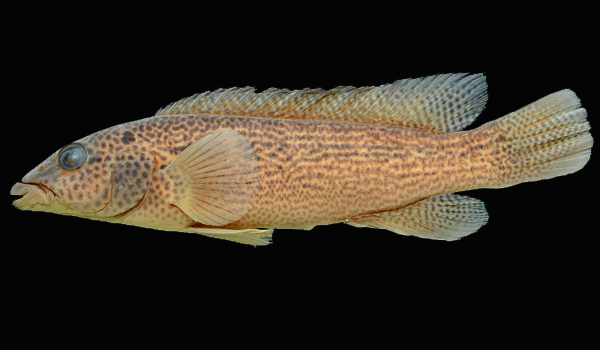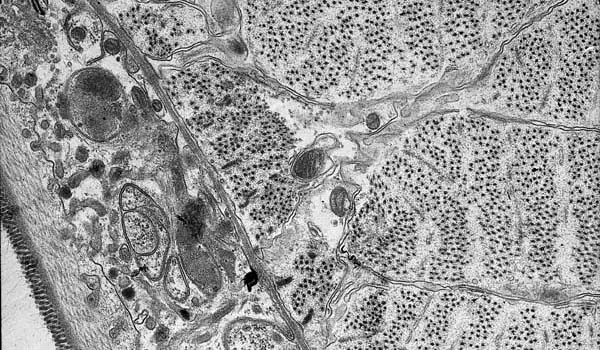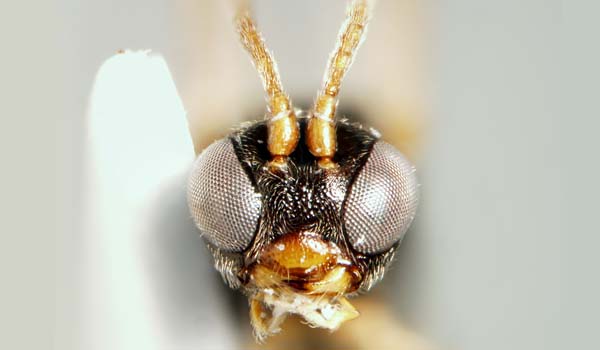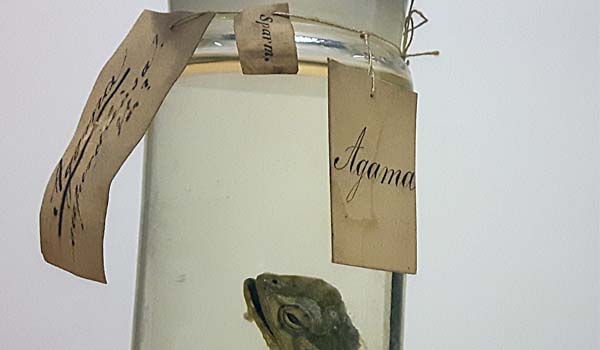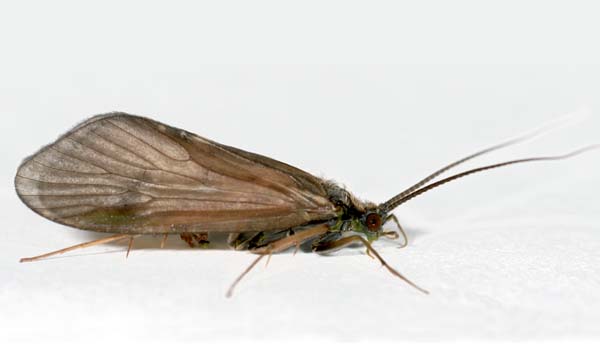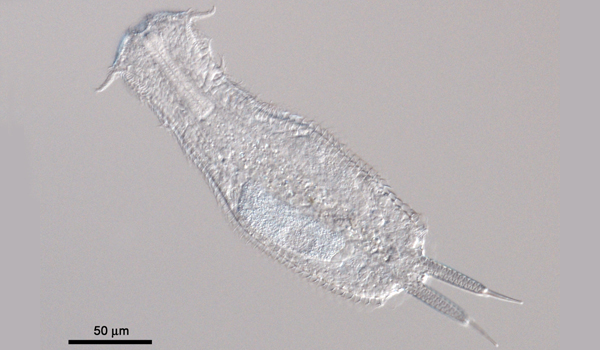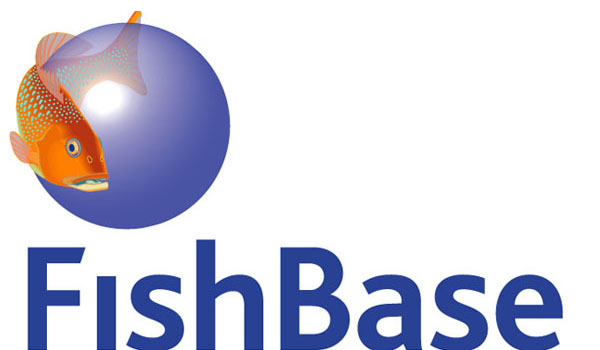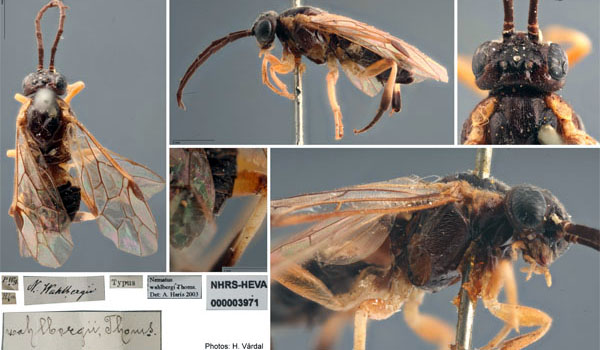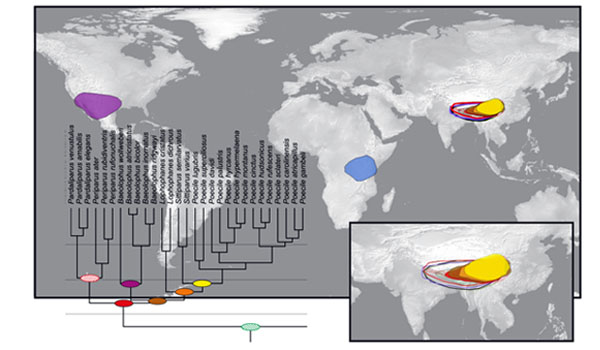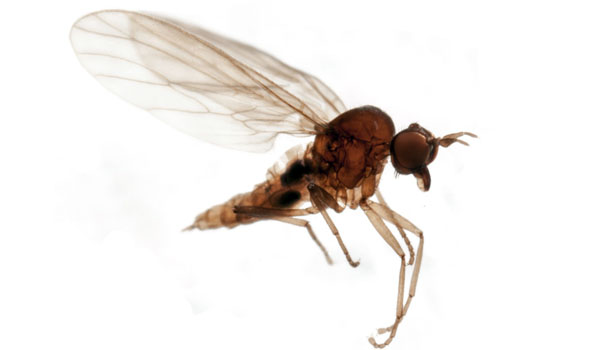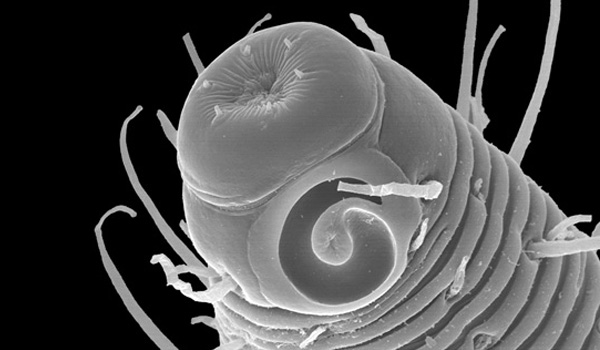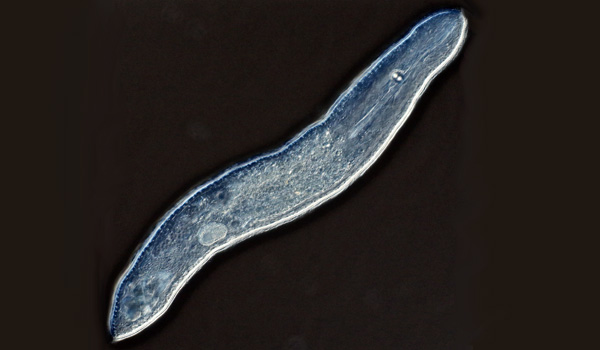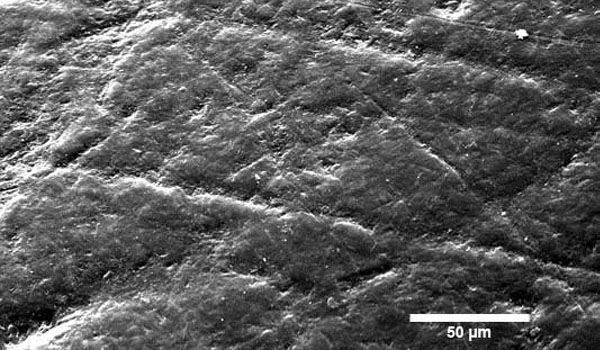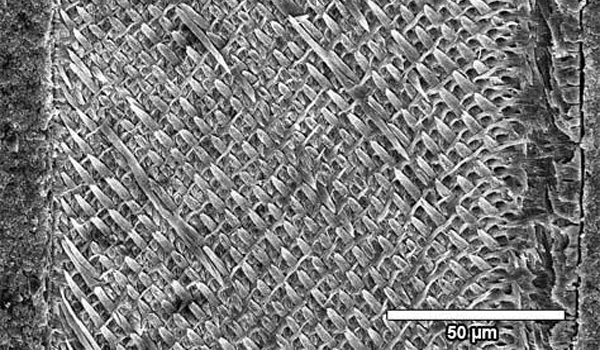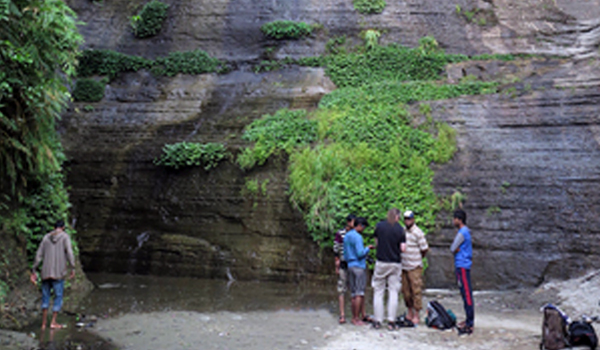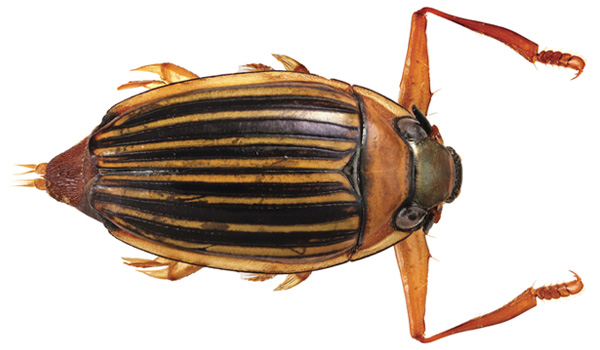Our research
Research at the Department of Zoology covers various aspects of the early development of animals that took place hundreds of millions of years ago, to ongoing evolutionary processes among individuals in present populations.
A common denominator is our biodiversity and how this biodiversity changes over time. Our possibilities to creating world leading research on animals is high, and at the Swedish Museum of Natural History we have a long tradition in taking care of this potential, resulting in research output of high international level. Based on the material present in the museum holdings, many species are every year described as new to science, which has tradition since Linnaeus, and represents an important part of our research.
Our research involves many different animal organism groups, geographical areas as well as different geological ages. For this, we are increasingly applying the study of DNA as source of information and data in our analyzes but facts about animal morphology and distribution are also still important pieces of information. Every year, our departmental staff explores biodiversity through expeditions to different parts of the world. Material from these expeditions are carefully collected for being used directly in ongoing research but also stored at the museum for future research.



